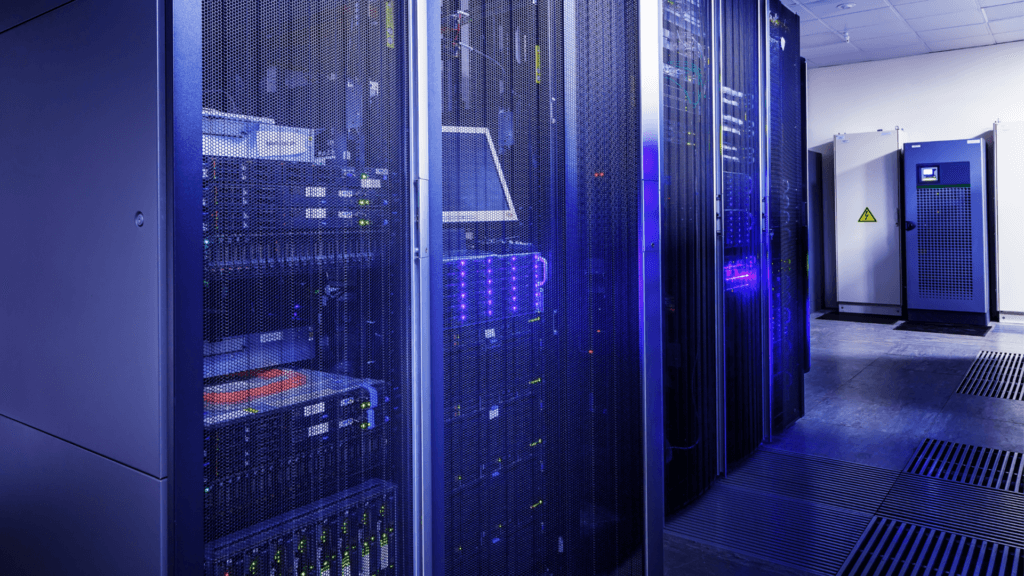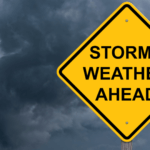
During a natural disaster, data centers are expected to remain up and running to ensure pertinent information for the businesses they serve is not lost in the event of a power outage. Therefore, data centers should be well prepared for natural disasters.
Natural Disasters and Data Centers
Data centers provide many important services to a variety of businesses across the globe. They are typically tasked with collecting, storing, processing, and distributing large amounts of information. These facilities are responsible for data backups and recovery, as well as providing other network support functionality. They can also host websites; manage email and messaging services, among other information technology features; and support cloud storage applications and e-commerce transactions, which make them a key component for maintaining business operations.
When a natural disaster hits an area where a data center is located, it can have a devastating impact on not just the center itself, but on the businesses that utilize its services. This is just one of the reasons why data centers must maintain failsafe continuity plans to help keep the businesses they support well protected in every type of circumstance. Some of the most important considerations for a data center’s disaster continuity plan include:
The Primary and Secondary Impacts of the Disaster
Before a tornado, hurricane, or other natural weather event begins to take shape, data centers should have a plan in place in case the worst happens. First, those who help operate data centers should conduct a risk assessment to identify the biggest potential threats they could face. Once identified, each potentially adverse event should be rated regarding how it could impact operations, the possible extent of damage, and the overall economic impact.
Data center operators are also encouraged to look at secondary impacts, which can last longer than the initial impacts. For instance, with a major weather event like Hurricane Harvey, the primary impacts to operations included flooding, structural damage, and power failure. The secondary impacts included the lack of facility accessibility, the availability of gas for transportation, and how to house and feed essential personnel.
Once both the primary and secondary impacts of a potential natural disaster event are identified, a team should be designated to handle risk mitigation. Some key areas include identification and prevention of potential issues, cultivating responses to client requests, and restoration, if necessary. In addition, disaster drills should be conducted regularly to ensure all related protocols run smoothly.
The Possibility of a Power Outage
Power outages are a constant concern for data center managers. These events have become more common due to the complexities of hybrid information technology (IT) services, or the mix of IT infrastructure platforms as well as the use of both private and public cloud systems. While hybrid IT systems can help a data center use energy more efficiently, it makes a data center more susceptible to power outages. In the event a natural disaster does threaten a data center, it’s important to have a backup means for power.
Having reliable Uninterruptible Power Systems (UPS) in addition to having a backup generator can help data centers avoid a total data loss and/or massive client downtime. These systems can also protect against physical damage to hardware and provide availability for networks and other applications when a power outage occurs.
Regular System Check-Ups
Ensuring the ongoing performance of power management systems during a natural disaster is essential. Thus, system checkups should be conducted on a routine basis year-round to ensure they remain fully functioning at all times.
According to data service provider Eaton, centers undertaking two preventative maintenance visits per year were four times less likely to have a system loss event that resulted in unplanned downtime. These regular service visits can help data centers detect a wide range of potential problem areas before they become incredibly costly. In the event a data center has a generator on the premises, it should also be tested regularly to ensure lasting emergency power is available if an extended power outage occurs.
The Importance of Insurance Coverage for Data Centers
When a natural disaster strikes, it can have a catastrophic impact on commercial properties. This is also true for data centers, which provide constant IT services to businesses. Data centers are often located in large commercial buildings, which are just as susceptible to structural damage as any other business. Because of this, they should have adequate commercial property coverage in place to cover physical damage to their facilities and power systems. Some of the most important insurance coverage options for data centers include:
Commercial Property Damage
When a data center experiences loss or damage to property, it can include both the physical property of the facility and the property of the organizations the data center serves. These facilities typically house the digital assets of multiple clients that can be worth up to millions of dollars in value per customer. Having commercial property damage coverage in place can help protect the facility, inventory, and equipment (including servers, cages, hard drives, and cables) in the event of a natural disaster.
Some policies may not cover the loss of electronically obtained or stored information, including data, software programs, and other media. In these instances, owners may need to purchase a policy endorsement to ensure data retrieval and recovery is fully covered.
Business Interruption
When a data center is hit by a natural disaster, it can cause service interruption and direct loss of income. Having business interruption coverage can help data centers recover lost revenue, commercial rent payments, relocation, if necessary, and employee wages, among other overhead expenditures. While this coverage can protect against interruptions in business due to physical damage from a natural disaster, it does not necessarily protect against damage caused by all perils. Your policy will detail which events are covered and which are not.
Equipment Breakdown
Because data centers rely so heavily on high-tech machinery and computer systems, the breakdown or failure of that equipment is a top concern. Having equipment breakdown coverage can help cover the cost to repair or replace damaged equipment, including time and labor costs. It may also cover lost income and necessary expenses incurred during the restoration period.
Commercial Property Damage Attorneys
When a data center is impacted by a natural disaster it can have devastating consequences not only for its own operations but also on the operations of the businesses it serves. Unfortunately, even with the proper insurance coverage in place, insurance companies still often delay, underpay, and deny valid claims. At Raizner Law, we can help you hold these companies legally accountable for their actions. Contact us today to see how we can help you with your insurance claim.


